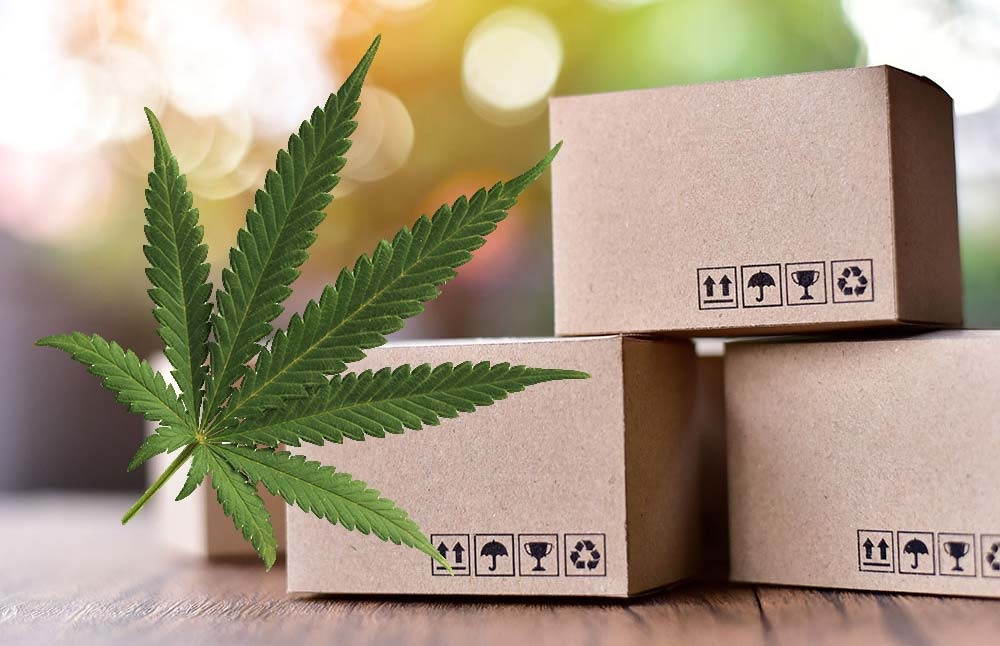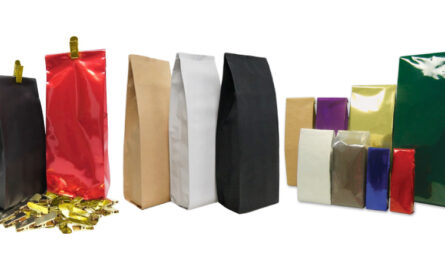Regulations for Cannabis Packaging
As the cannabis industry continues to mature with expanded legalization, packaging has become an essential component to ensure safety, compliance with regulations and promote responsible use. While laws and standards vary state to state, most have implemented strict guidelines for labelling, child-resistant packaging and tetrahydrocannabinol (THC) content disclosure.
Keeping consumers safe through compliant, child-resistant packaging is a top priority. All products must be packaged in a manner that prevents exposure to those under 21 and is difficult for children to open. Many states require Cannabis Packaging be packaged and sealed at the point of retail sale and not given to customers in bulk form. Accurately labelling THC content and warning messages helps consumers make informed choices.
Designing Packaging for Maximum Appeal and Compliance
With regulations addressed, top considerations shift to maximizing product appeal and education. While marketing similar to tobacco and alcohol is often restricted, creative packaging can build brand identity within guidelines. It’s vital that designs clearly convey required labels while intriguing customers.
Materials must also maintain product freshness and safety throughout the supply chain. Common substrates include plastics, metals and glass with durable seals to prevent breakage and contamination. Tamper-evident features provide assurance of quality control.
Some producers utilize interactive packaging like odor-proof, child-resistant pouches or jars with educational inserts. Others implement sustainable materials sourced from renewable industries. Designing for both aesthetics and function helps cannabis packaging gain widespread respect as a mainstream wellness product.
Promoting Responsible Consumption Through Education
While packaging alone cannot ensure responsible use, informative labels can facilitate critical conversations. Including serving sizes, directions, ingredient listings and cannabis literacy guides arms consumers with knowledge. Highlighting moderate intake and proper storage discourages misuse, especially for new customers.
Partnering with advocacy non-profits provides opportunities to positively reach communities. For example, including help line numbers for those struggling with abuse or suffering adverse health effects. Promoting cannabis as a supplement to wellness routines rather than a cure-all also establishes realistic customer relationships.
Ensuring Supply Chain Security from Seed to Sale
Strict regulations throughout cultivation, production and distribution aim to keep cannabis and related products within legal markets. Secure packaging plays a vital role, presenting multiple barriers to product diversion into illicit sales.
Features like serialized authentication codes, tamper-evident seals and track-and-trace technologies inhibit theft and transport across state lines. While standards continue evolving rapidly, proactive compliance benefits all stakeholders long-term. It establishes trust with regulators and confidence for consumers that each product underwent thorough quality assurance.
Sustainable Packaging Trends for the Future
As the cannabis sector expands responsibly, focus grows regarding environmental impact. Producers incorporate sustainable materials from renewable, post-consumer sources. Some implement compostable or recyclable packages to reduce waste. Brands invest in efficient production methods and participate in recycling initiatives.
Alternative design approaches may utilize less packaging altogether while upholding safety. Digital solutions like QR codes providing certifications eliminate excess paper. Consumers also demand sustainable sourcing practices, organic components and carbon-neutral distribution networks from providers. Innovative, eco-friendly packaging encourages industry longevity and social responsibility.
Compliant, thoughtfully designed packaging plays a critical yet often overlooked role within regulated cannabis packaging. Following jurisdiction requirements keeps products secure from seed to sale. Creative labeling and containers establish brand identities appealing to customers within guidelines. Information empowers consumers and promotes social equity through responsible use education. Continued sustainability innovation helps community relationships and environmental stewardship flourish long-term.
*Note:
1. Source: Coherent Market Insights, Public sources, Desk research
2. We have leveraged AI tools to mine information and compile it




